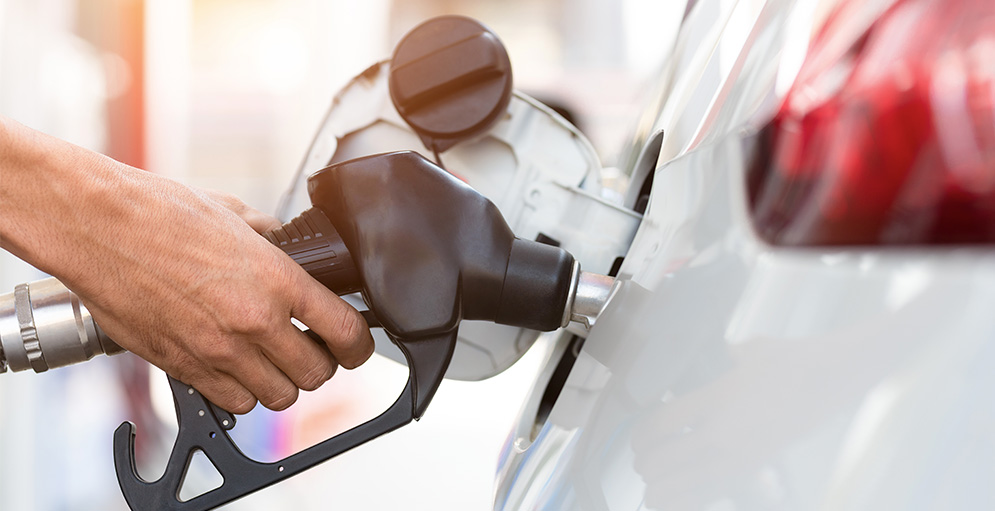In simple terms, car insurance excess is the amount you agree to pay towards the repair of your car if you need to make an insurance claim. So, if your car’s damaged in an accident, there’ll be a set amount you’ll have to pay towards the repairs and your insurer will cover what’s left of the cost.
For example, let’s say your car is damaged in an accident and the repairs cost £1,250. If your policy has an excess of £350, this is what you’ll need to pay towards the repair yourself and your insurer will cover the rest (£900).
Before buying a new policy, it’s good to understand the ins and outs of car insurance excess because it’s not just about the cost of repairing your car. It can also affect how much you pay for your insurance policy.
Most insurance policies come with a compulsory excess (set by the insurer) and you can usually increase this by choosing to pay a voluntary excess on top. Increasing your voluntary excess on a policy can lower your premiums. Just remember, if you agree to a higher voluntary excess, you’re agreeing to pay more yourself if you need to make a claim.




























